Walking through the ancient streets of Verona, I couldn’t help but feel the romance in the air. This charming Italian city, nestled in the northeastern region of Veneto, has become synonymous with Shakespeare’s timeless love story of Romeo and Juliet.
Verona transforms literary imagination into tangible experiences. Visitors can walk in the footsteps of the star-crossed lovers while enjoying a city rich with over 2,000 years of history.
As a UNESCO World Heritage Site, Verona offers much more than just Juliet’s balcony, though that famous spot draws romantics from around the world. During my visit, I found myself gazing up at the iconic balcony where lovers leave notes and touch the bronze statue of Juliet for luck in love.
The city’s medieval architecture, Roman amphitheater, and vibrant piazzas create the perfect backdrop for a literary journey.
My exploration of Shakespeare’s setting revealed how deeply this fictional tale has become woven into Verona’s identity. The city proudly embraces its status as the “City of Love,” despite the fact that Romeo and Juliet never actually existed. Yet walking these streets, I understood why Shakespeare chose Verona—its beauty, passion, and atmosphere make it the perfect stage for history’s most famous love story.
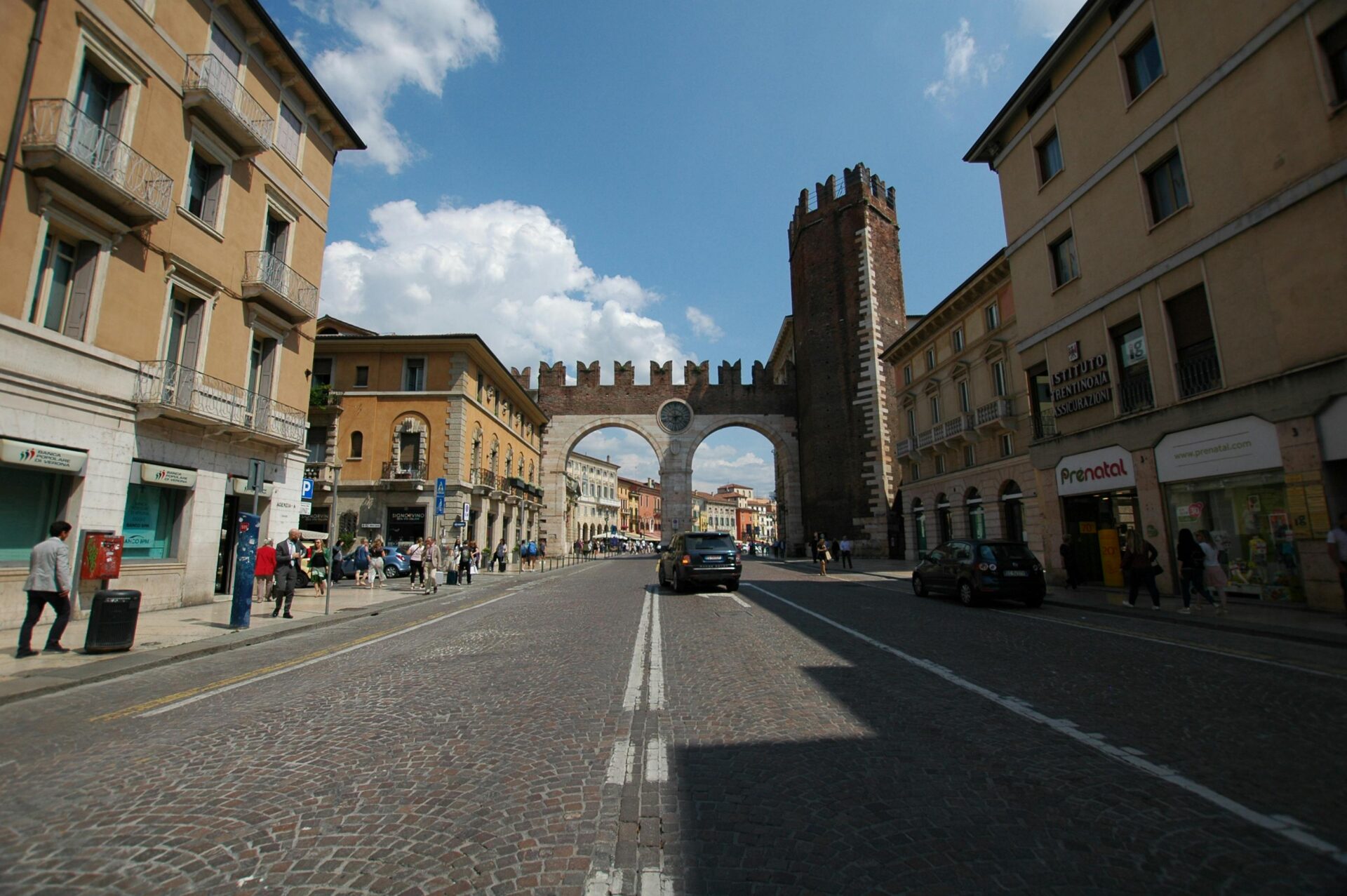
Tracing Shakespeare’s Footsteps in Verona
Walking through Verona feels like stepping into the pages of Shakespeare’s most famous tragedy. The ancient streets and piazzas hold echoes of the star-crossed lovers who have captivated audiences for centuries.
Discovering the Balcony Scene
I found myself standing in a charming courtyard, gazing up at what is known as “Juliet’s Balcony.” This famous spot draws visitors from around the world. The small bronze statue of Juliet stands in the courtyard, its right breast polished to a shine from countless tourists touching it for luck in love.
The balcony itself is smaller than I imagined, but no less magical. Though Shakespeare never actually visited Verona, he captured its essence perfectly. Local guides told me the house once belonged to the Cappello family, whose name resembles Capulet.
Love notes cover the entrance walls, and couples attach locks to symbolize eternal love. I spent nearly an hour watching visitors recite famous lines beneath the balcony, each feeling connected to Shakespeare’s timeless story.
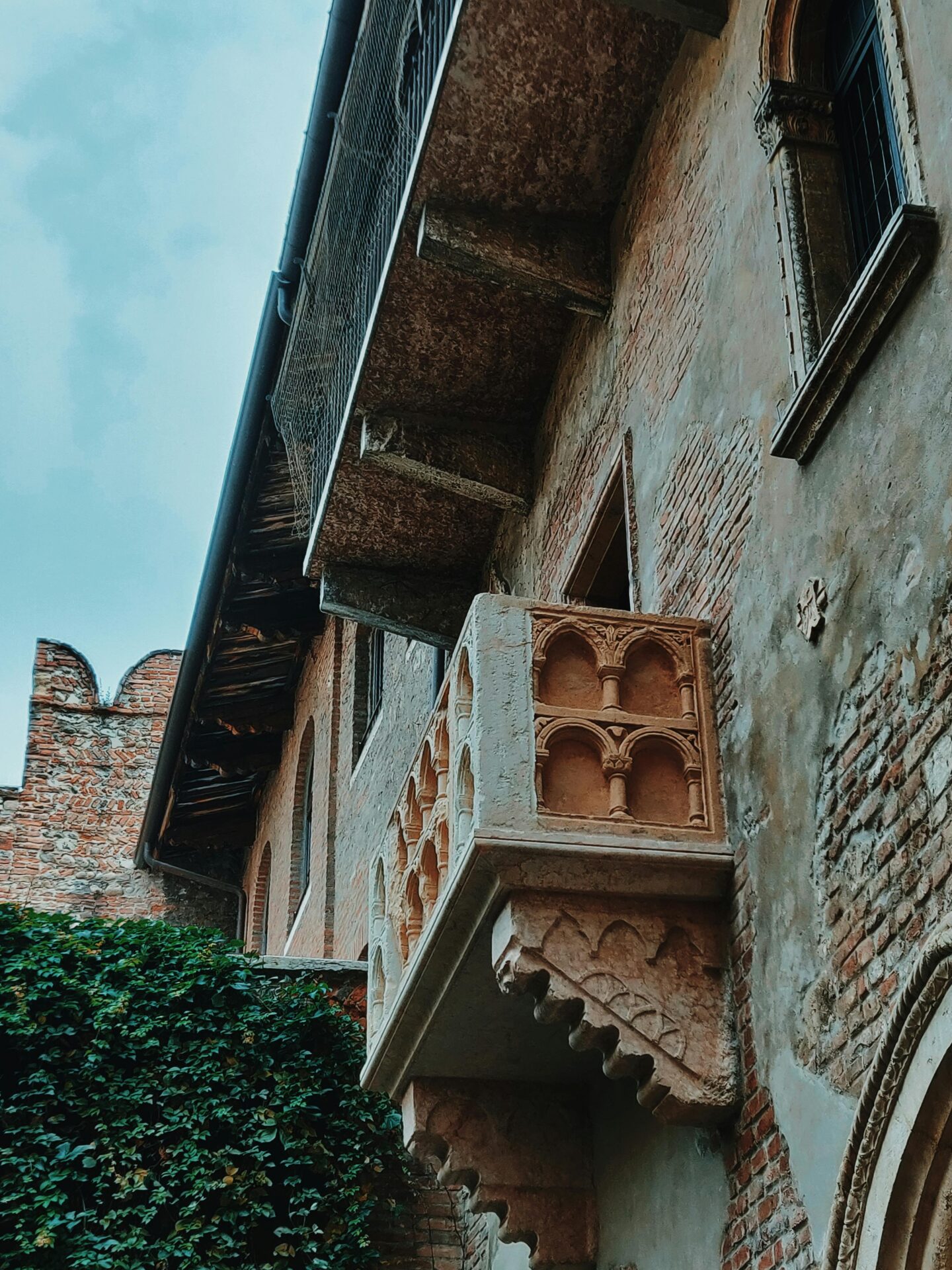
From Page to Stage: The Arena’s Opera
The magnificent Roman Arena transforms into a spectacular opera venue during summer months. Built in the 1st century, this ancient amphitheater now hosts dramatic performances of “Romeo and Juliet” that would make Shakespeare proud.
I secured tickets for an evening performance and was mesmerized by the experience. The Arena seats thousands, yet somehow feels intimate when filled with the soaring voices of opera singers portraying the tragic lovers.
The acoustics are remarkable even without modern amplification. As night fell and stars appeared above the open-air theater, the tragedy unfolded against the backdrop of actual Veronese architecture.
The 90-minute performance captivated even opera newcomers like myself. Many tours include pre-booked tickets to these shows, which I highly recommend securing in advance. Watching Shakespeare’s words transformed into song in the very city that inspired him was truly unforgettable.
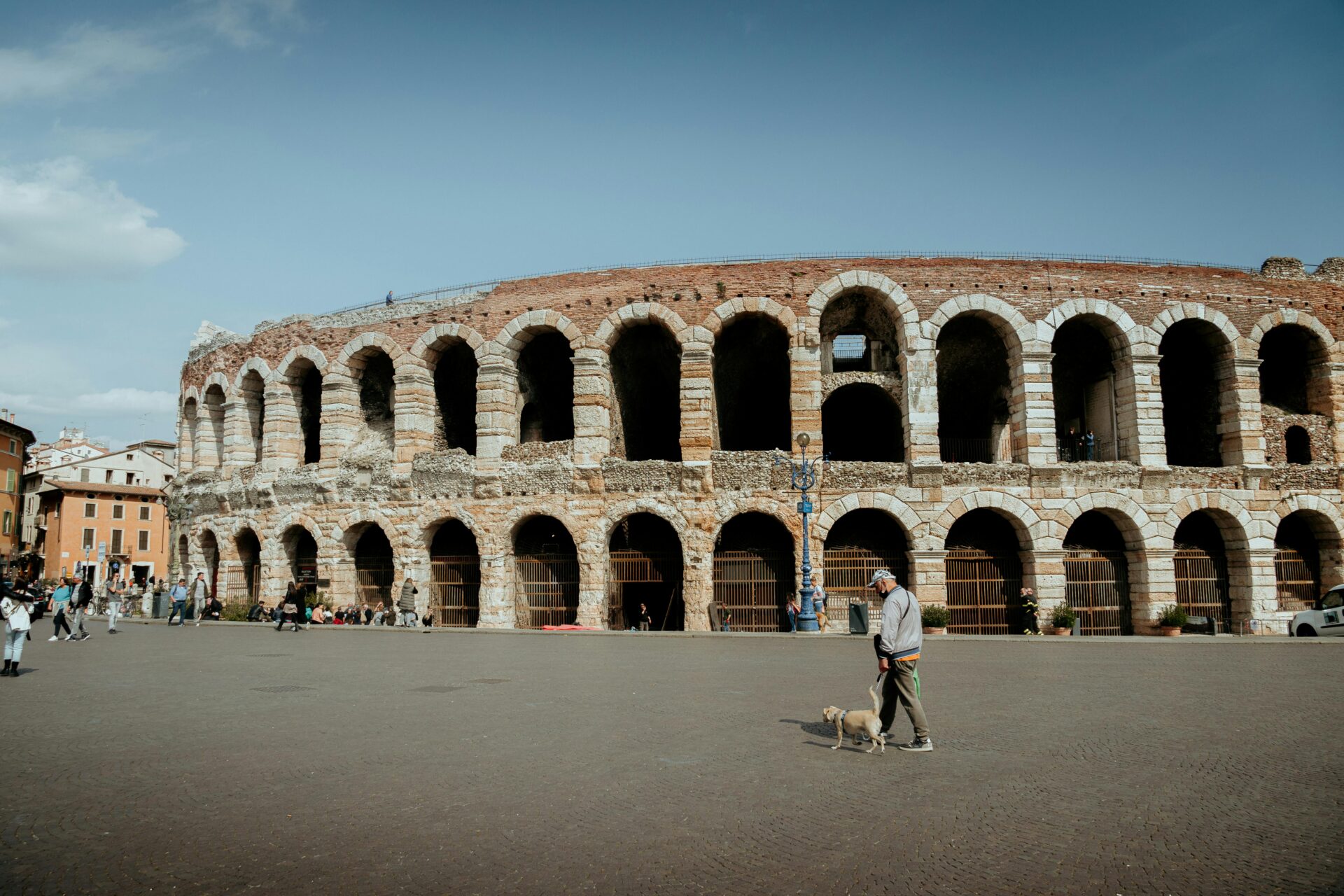
Romeo and Juliet: Unearthing the Legend
Verona breathes the timeless story of Shakespeare’s star-crossed lovers at every corner. Walking these ancient streets, I felt the centuries-old tale come alive in ways no book could capture.
The Tale of Forbidden Love
Romeo and Juliet’s tragic love story has made Verona famous worldwide. Shakespeare set his masterpiece in this northern Italian city, though he likely never visited it himself. The feuding Montagues and Capulets weren’t entirely fictional—they were based on real Veronese families called the Montecchi and Cappelletti.
While exploring Verona, I discovered that the city embraces this literary connection wholeheartedly. Many buildings claim historical ties to the story, including several that call themselves “Juliet’s House.”
The famous balcony scene—”Romeo, Romeo, wherefore art thou Romeo?”—remains one of literature’s most quoted moments. This forbidden love resonates through time, drawing countless visitors seeking a touch of romantic tragedy.

Statue of Juliet: A Symbol of Romance
The bronze statue of Juliet stands in a small courtyard off Via Cappello, in what locals call “Casa di Giulietta.” This gleaming figure has become Verona’s unexpected romance icon.
Visitors from around the world flock to touch Juliet’s right breast—a ritual believed to bring good luck in love. The statue’s shine from countless hands tells its own story of hope and connection.
I watched as couples took photos, left love notes, and attached locks to nearby walls. The tradition of writing to Juliet continues today, with a dedicated team answering letters sent to “Juliet’s Club” in Verona.
The statue itself, created by Nereo Costantini, isn’t ancient—it dates to 1972. Yet it captures something timeless about our human desire for love stories that transcend boundaries.
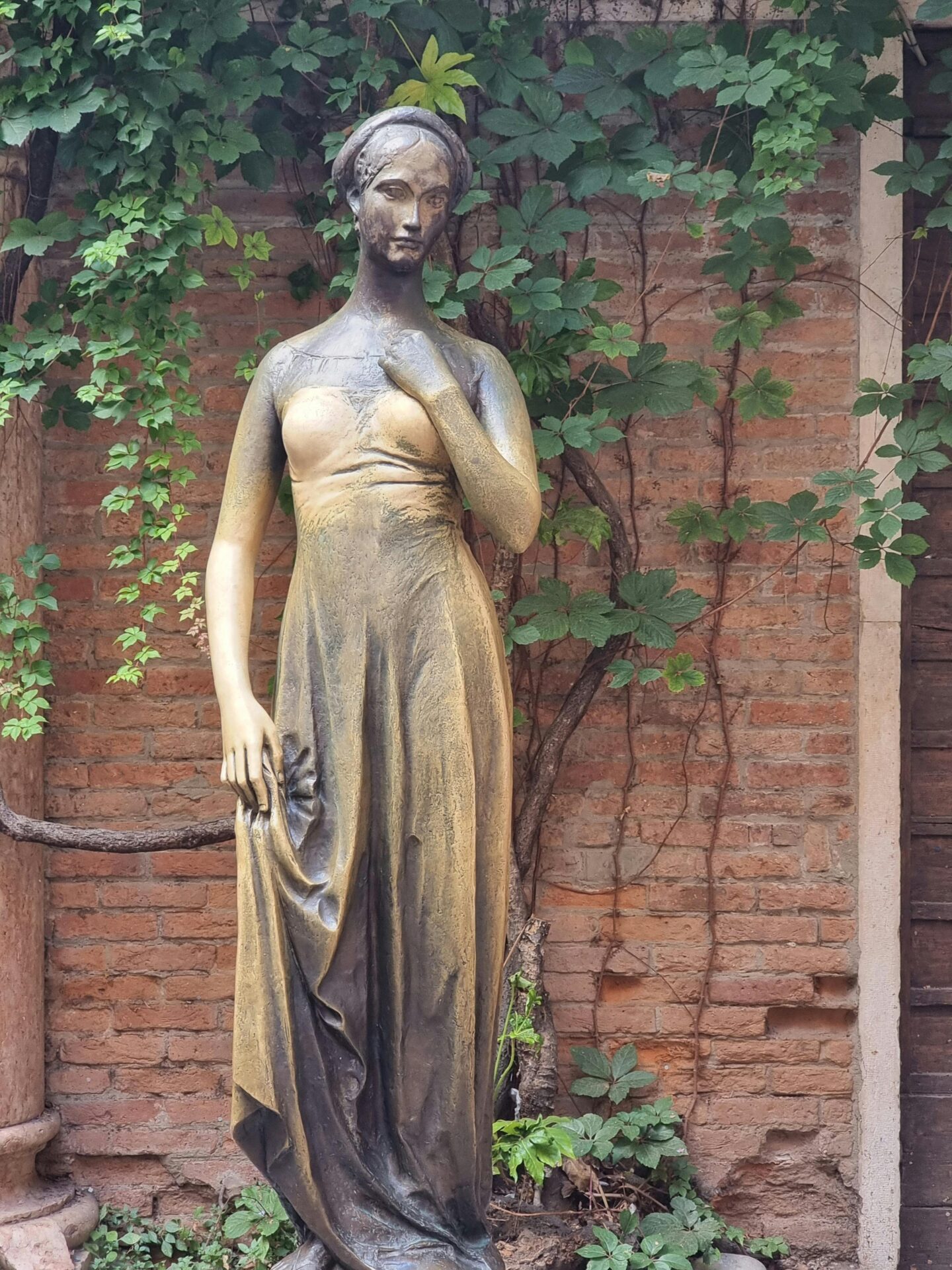
Verona’s Architectural Canvas
Verona’s buildings tell stories that span centuries, from ancient Roman times to the Renaissance. The city’s architectural treasures create a living museum where history unfolds around every corner.
Piazza delle Erbe: The Heart of the City
Walking into Piazza delle Erbe, I was immediately transported through time. This ancient Roman forum now serves as Verona’s bustling marketplace and social center.
The square is framed by stunning buildings from different eras. The baroque Palazzo Maffei stands proudly at the northern end, while the medieval Casa dei Mercanti (Merchants’ House) showcases Gothic windows that caught my eye.
What makes this UNESCO World Heritage site special is how it blends everyday life with historical grandeur. Colorful market stalls sell everything from fresh produce to souvenirs beneath centuries-old facades.
The 14th-century Madonna Verona fountain in the center adds a touch of elegance to this vibrant space. I spent hours here, sipping espresso at a café while watching locals and tourists mingle in this living postcard.
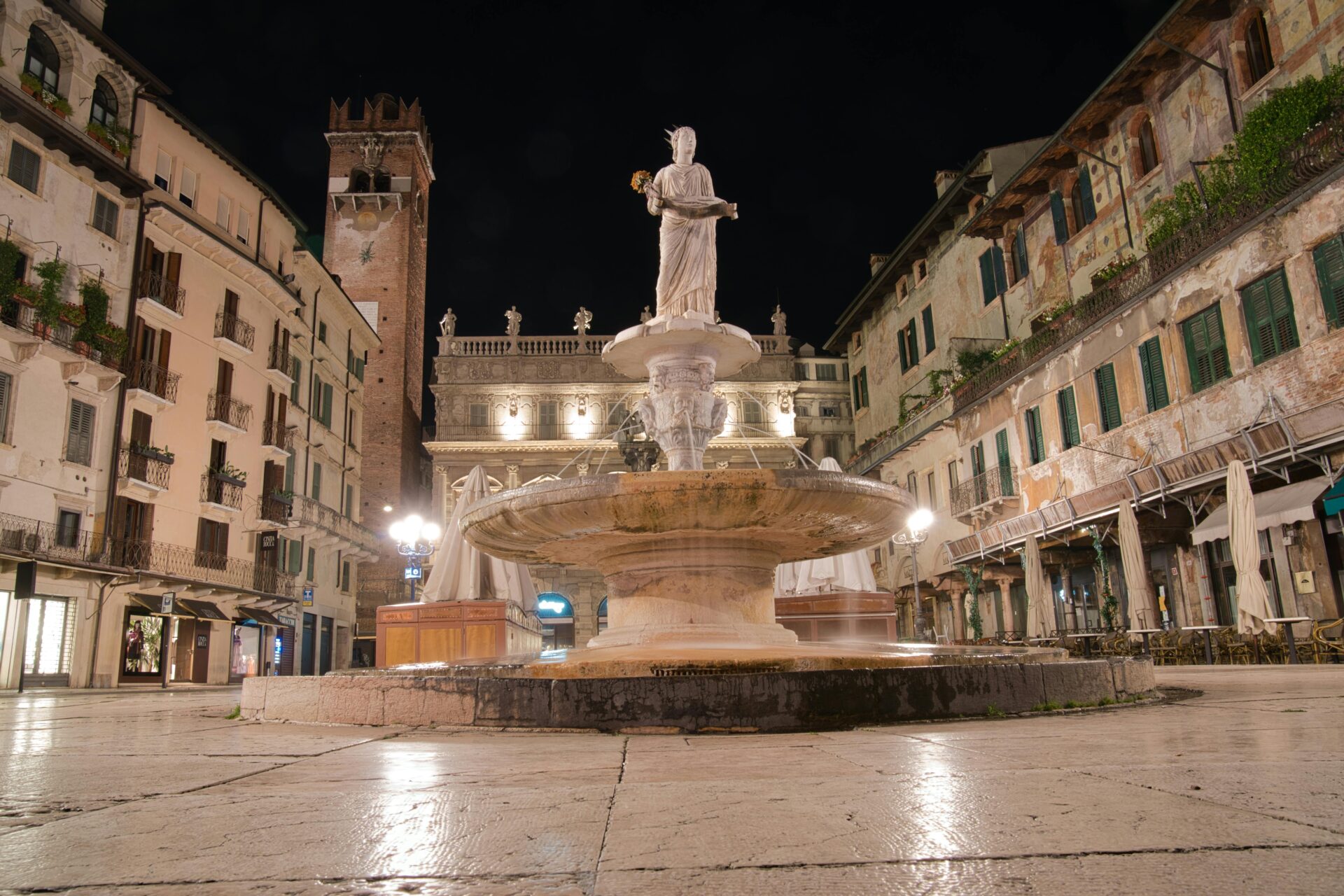
Medieval Majesty: Castelvecchio and its Charms
Castelvecchio, Verona’s imposing medieval castle, took my breath away with its red brick walls and distinctive swallow-tail battlements. Built in the 1350s by the Scaliger family, it sits majestically alongside the Adige River.
The castle now houses an impressive art museum, but the building itself is the true masterpiece. I was fascinated by the Castelvecchio Bridge, with its dramatic arch spans that have survived since medieval times.
The renowned Italian architect Carlo Scarpa renovated the castle in the mid-20th century, creating a perfect blend of ancient and modern design. His thoughtful touches like exposed original stonework next to modern materials create fascinating contrasts.
Inside, I wandered through rooms with wooden beam ceilings and original frescoes. The courtyard offered peaceful moments away from the city buzz, making it a perfect spot to appreciate Verona’s medieval heritage.
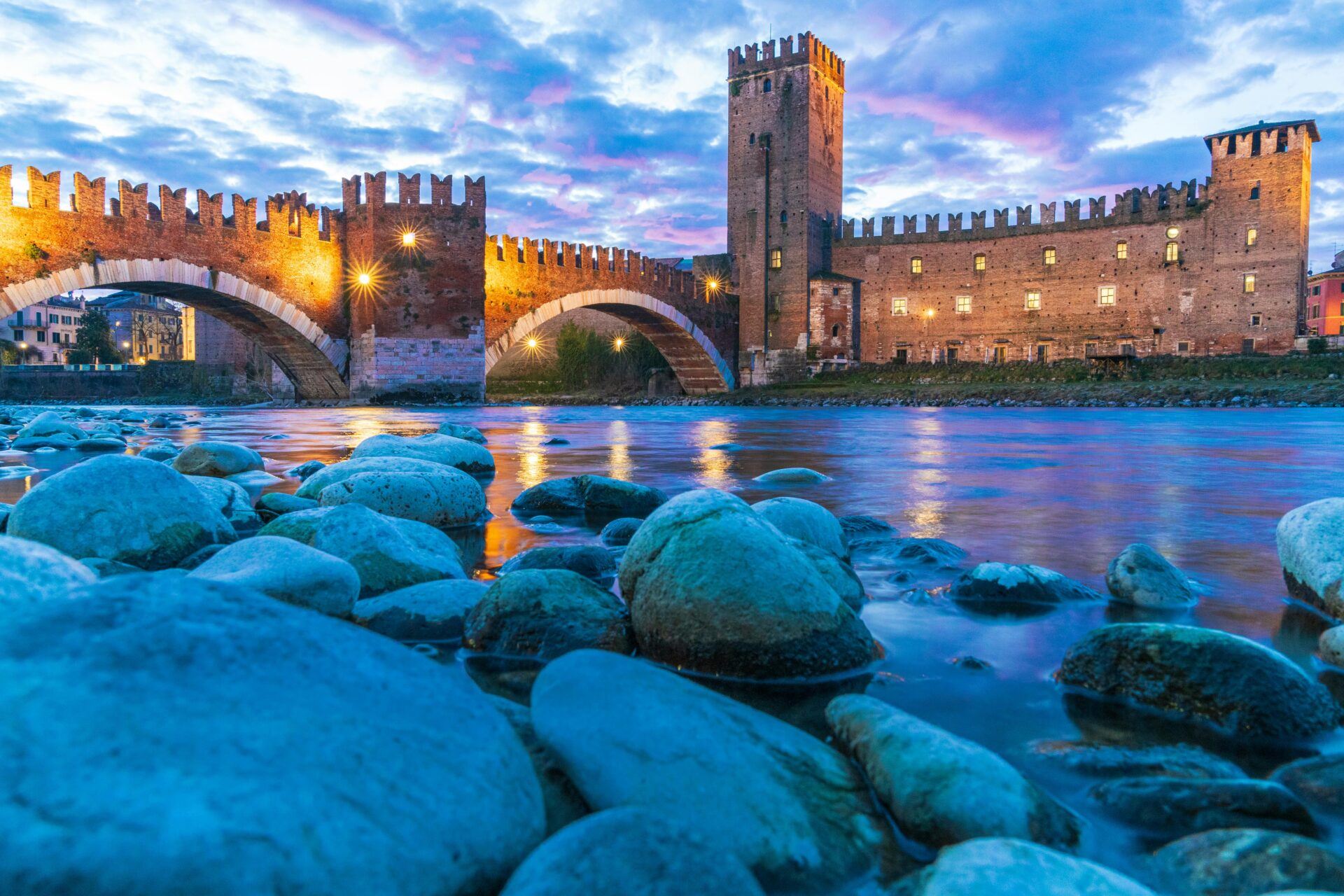
Literary Influences and Inspiration
Verona’s cobblestone streets have inspired writers for centuries, creating a rich literary landscape that extends far beyond Shakespeare’s famous star-crossed lovers.
Matteo Bandello: Verona’s Other Storyteller
While exploring Verona’s literary past, I discovered Matteo Bandello, a 16th-century Italian writer whose novella actually provided Shakespeare with the Romeo and Juliet storyline. His collection of tales, published between 1554 and 1573, captured Verona’s essence in ways that still resonate today.
Walking through Piazza delle Erbe, I could almost see Bandello gathering local stories from merchants and nobles. Unlike Shakespeare, Bandello actually lived in northern Italy, giving his tales authentic regional details.
What struck me most was how Bandello’s original version differed from Shakespeare’s adaptation. His characters felt more rooted in Verona’s social landscape, with family rivalries that reflected real tensions in Renaissance Italy.
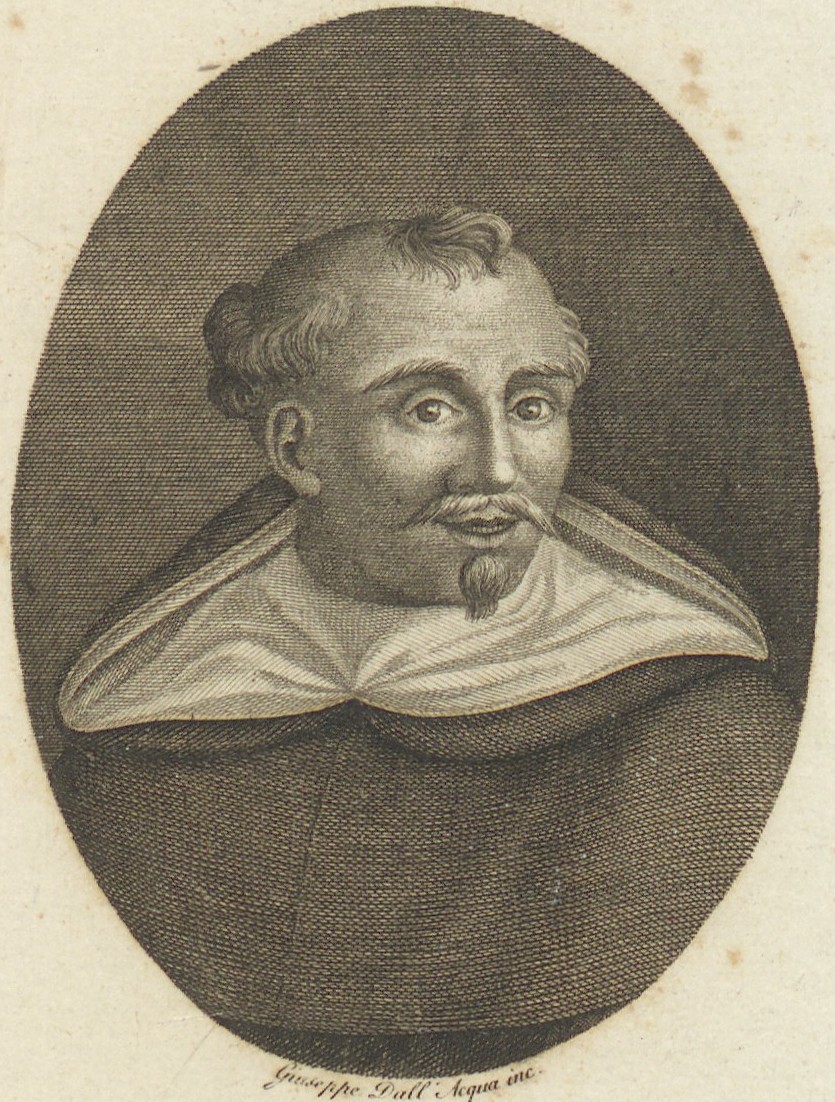
Dante’s Echo in Verona
Dante Alighieri, Italy’s poetic genius, found refuge in Verona during his exile from Florence in the early 14th century. I traced his footsteps to the Scaliger family residences, where this literary giant once lived under their protection.
The city proudly displays a statue of Dante in Piazza dei Signori, where I spent a peaceful morning reflecting on his connection to this place. His time in Verona influenced parts of the Divine Comedy, particularly references in Purgatorio and Paradiso.
I was fascinated to learn that Verona’s architectural details appear in Dante’s masterpiece. The ancient Roman arena, which I visited on my second day, is subtly referenced in his descriptions of circular structures in the afterlife.
Local guides pointed out that Dante’s relationship with Can Grande della Scala, his Veronese patron, shaped both his work and Verona’s literary identity for centuries to come.
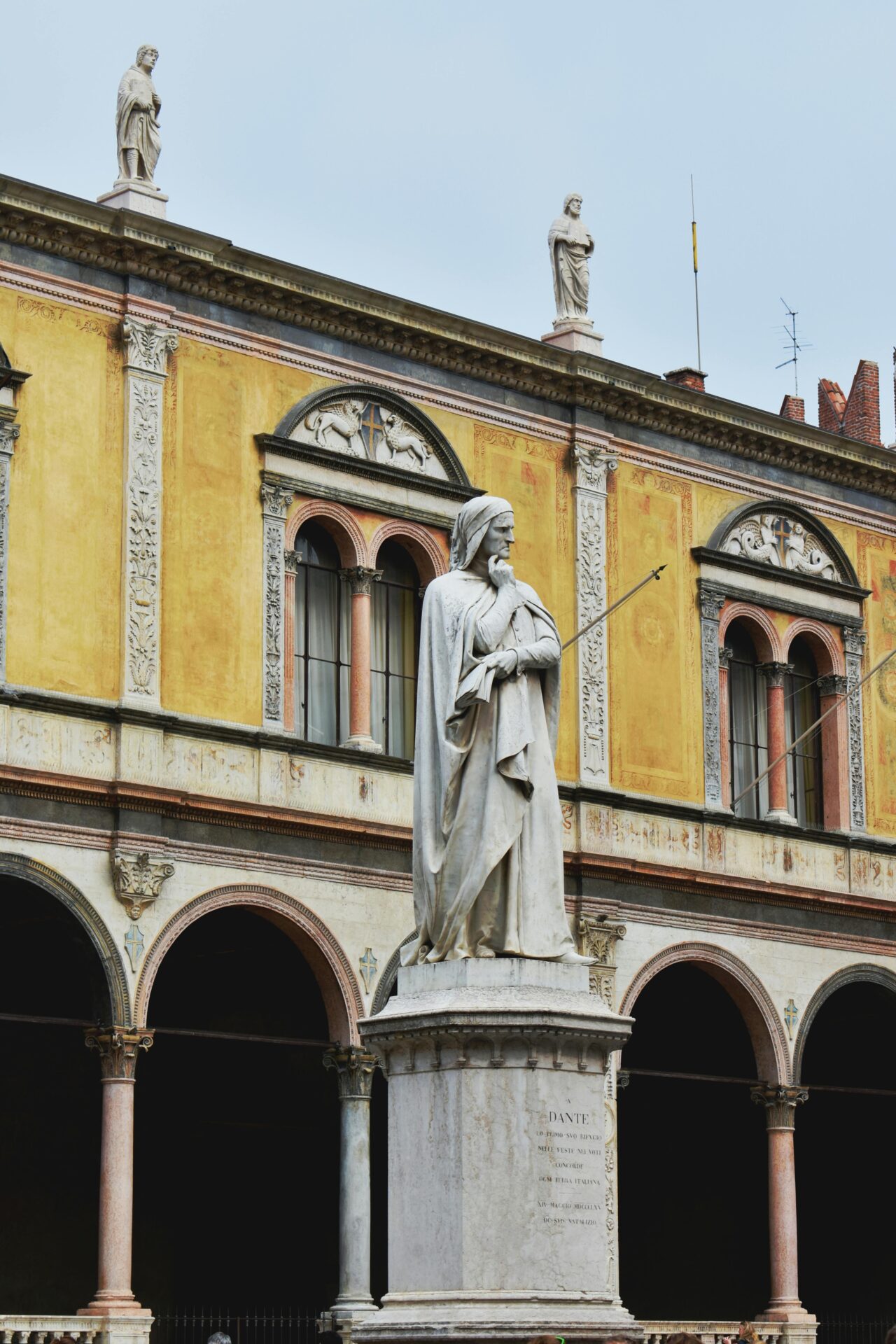
Culinary Delights in Juliet’s City
Verona’s food scene offers a delicious journey through flavors that tell stories as romantic as Romeo and Juliet themselves. The city’s culinary landscape blends tradition with innovation, creating unforgettable dining experiences.
A Taste of Verona: Local Specialties
During my walk through Verona’s winding streets, I discovered that food here is more than sustenance—it’s a love letter to tradition. The city offers an impressive range of local dishes that capture its unique character and history.
Traditional Veronese cuisine features hearty pastas, rich risottos, and incredible wines from the surrounding region. I was particularly drawn to the food tours that combined tastings with historical anecdotes, making each bite more meaningful.
One afternoon, I joined a culinary tour that took me through charming cafés and family-run restaurants. My guide explained how many recipes have remained unchanged for generations, preserving the authentic taste of Verona.
The wine tasting was exceptional, featuring local Valpolicella and Soave varieties that perfectly complemented the robust flavors of the food.

Capelletti: Indulging in Veronese Cuisine
Capelletti, those little “hats” of pasta stuffed with meat, became my obsession in Verona. I found the best ones near Giulietta’s house, where tourists rarely venture but locals queue patiently.
These delicate pasta parcels tell the story of Verona on a plate—simple yet refined. Typically served in broth during winter or with a light butter sage sauce in warmer months, they reflect the seasonal approach to cooking that defines Veronese cuisine.
One evening, I dined at a sunset restaurant overlooking the city. The chef prepared capelletti using a recipe passed down through five generations. The filling—a mixture of three different meats, breadcrumbs, and aromatic herbs—was perfectly balanced.
Veronese food is special because it doesn’t try to show off. Even in the shadow of Giulietta’s balcony, restaurants focus on quality ingredients rather than tourist gimmicks.

